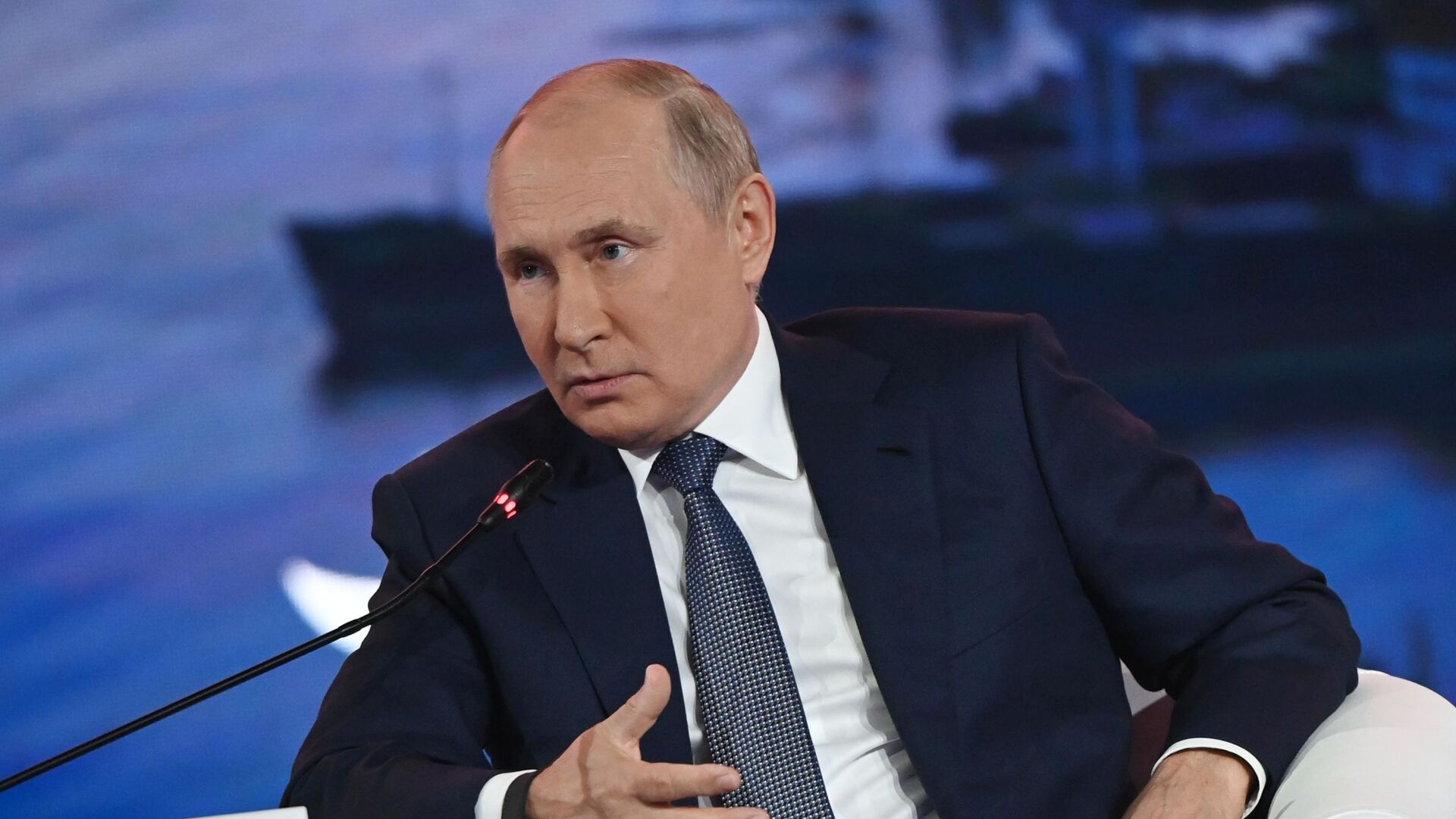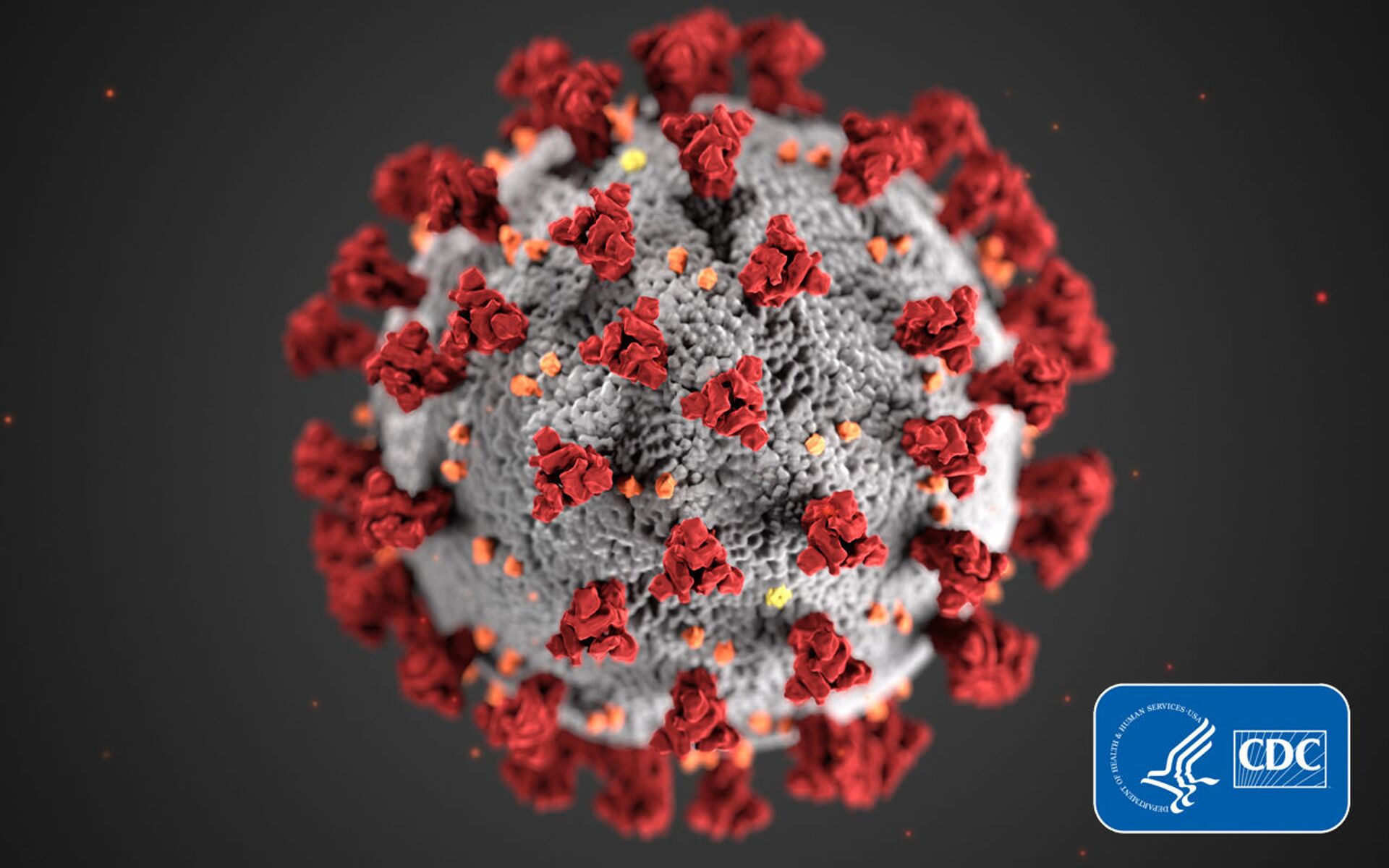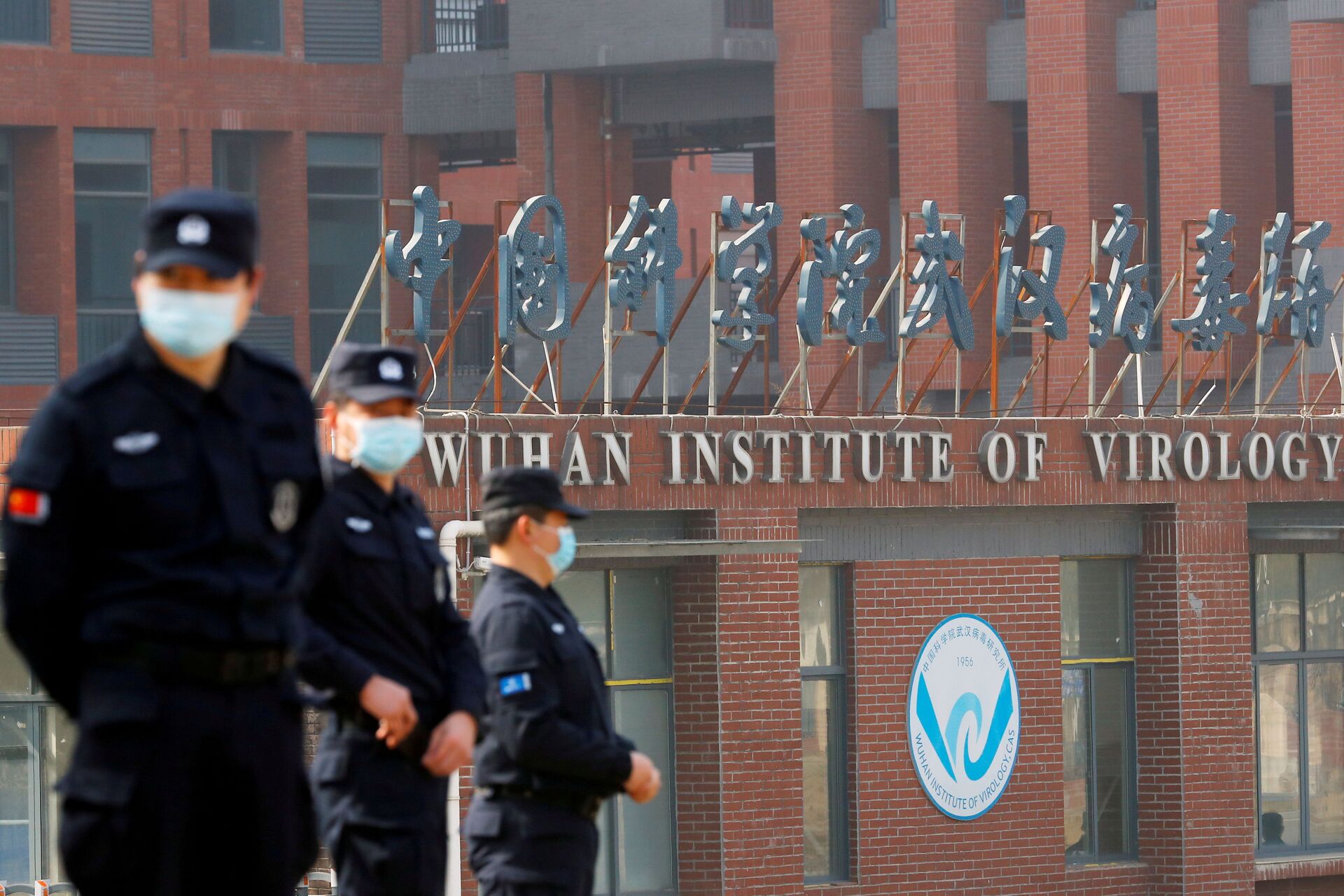Putin Urges to Fight Pandemic Rather Than Politicise COVID-19 Origins
17:09 GMT 03.09.2021 (Updated: 18:27 GMT 03.11.2022)

© Sputnik / Grigory Sysoev
/ Subscribe
The 90-day US intelligence-community investigation into the origins of coronavirus SARS-CoV-2 was ordered by US President Joe Biden on 26 May. The inquiry, however, produced an inconclusive report in which most US intelligence agencies determined that the virus was most likely naturally born.
Countries need to join together to fight the COVID-19 pandemic instead of politicising the issue of the virus’s provenance, Russian President Vladimir Putin emphasised, addressing the plenary session of the Eastern Economic Forum.
In the opinion of the Russian President, although trying to determine the causes of a phenomenon is the right thing to do, when “politicisation begins, trust in the conclusions that are based on a politicised approach declines”.
“All such studies should be based on objective data," the Russian head of state emphasised, warning that those who are politicising the issue are making huge, “calamitous mistakes in the fight against the pandemic."
Vladimir Putin weighed in on the recently published US coronavirus origins report, which, though inconclusive on the virus’s origins, found SARS-CoV-2 wasn’t likely to have been engineered.

This illustration, created at the Centers for Disease Control and Prevention (CDC), reveals ultrastructural morphology exhibited by coronaviruses. Note the spikes that adorn the outer surface of the virus, which impart the look of a corona surrounding the virion, when viewed electron microscopically. A novel coronavirus, named Severe Acute Respiratory Syndrome coronavirus 2 (SARS-CoV-2), was identified as the cause of an outbreak of respiratory illness first detected in Wuhan, China in 2019. The illness caused by this virus has been named coronavirus disease 2019 (COVID-19).
© CDC
Applauding the conclusions set out in the report, Putin added these deductions ought to have been made sooner.
Beijing has repeatedly rejected Washington's allegations that COVID-19 originated in a Wuhan lab, warning the White House against politicising the issue.
Inconclusive US Intel Report
As a global effort has been underway to contain the spread of COVID-19, scientists have been trying to work out from where the virus originated. After a WHO team visited China’s Wuhan earlier in the year to conclude in a report that the disease most likely spilt over from an animal sold at a market, appearing to dismiss the possibility that it may have leaked accidentally from the Wuhan Institute of Virology, the conclusion has been rejected by some scientists.

Security personnel keep watch outside the Wuhan Institute of Virology during the visit by the World Health Organization (WHO) team tasked with investigating the origins of the coronavirus disease (COVID-19), in Wuhan, Hubei province, China February 3, 2021.
© REUTERS / THOMAS PETER
In May President Biden gave the US intelligence agencies 90 days to assess the data and produce a report that "could bring us closer to a definitive conclusion" on the origins of the virus.
Biden received the investigation’s classified report on 24 August, with the unclassified version made public later.
The inconclusive investigation left intelligence agencies divided on whether the pandemic began because of a laboratory accident, or because of human contact with an infected animal, such as a bat.
The inconclusive investigation left intelligence agencies divided on whether the pandemic began because of a laboratory accident, or because of human contact with an infected animal, such as a bat.

Medical workers in protective suits test nucleic acid samples inside a Huo-Yan (Fire Eye) laboratory of BGI, following new cases of the coronavirus disease (COVID-19) in Wuhan, Hubei province, China early August 5, 2021
© REUTERS / CHINA DAILY
“All agencies assess that two hypotheses are plausible: natural exposure to an infected animal and a laboratory-associated incident,” the nation’s 18 intelligence agencies wrote in an unclassified report.



